Legàmi: Studies in the costume archive of the Spoleto Festival dei Due Mondi
Luis Alberto Rodriguez, with Afra Zamara
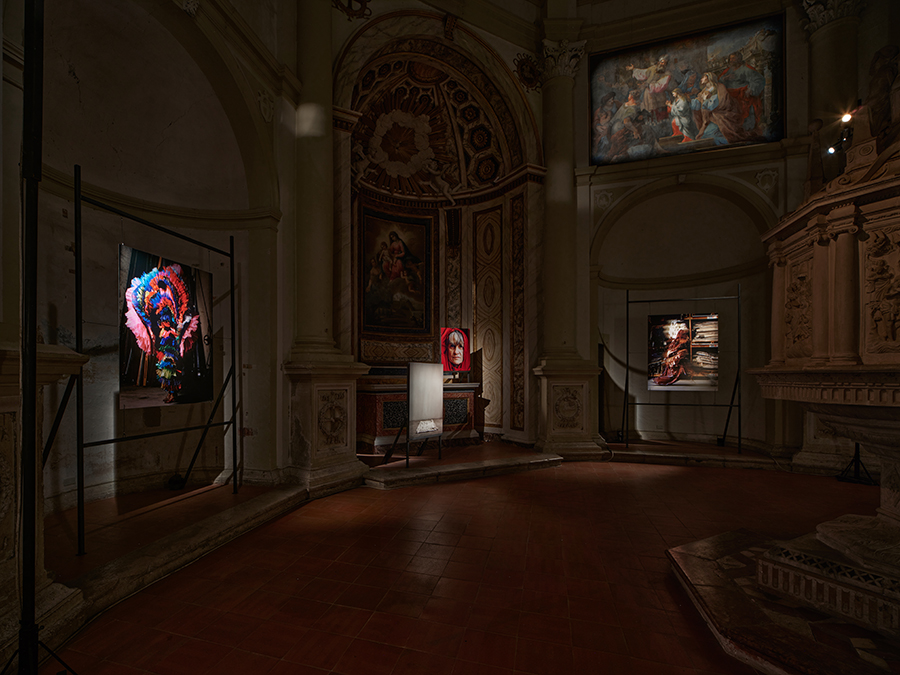
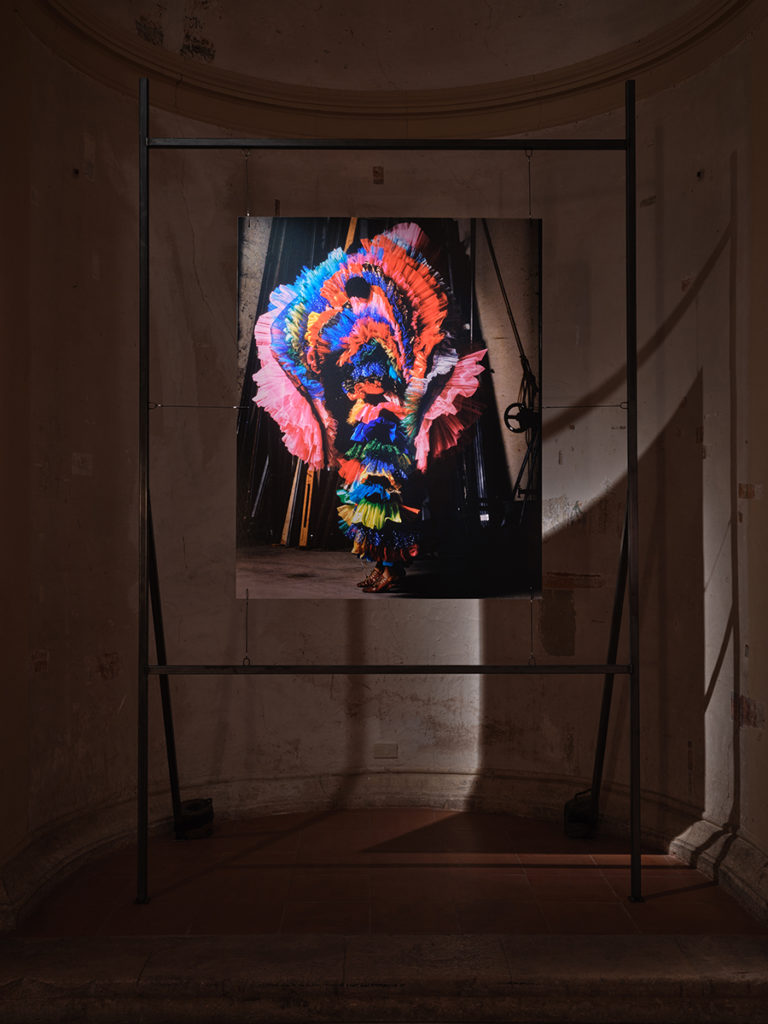
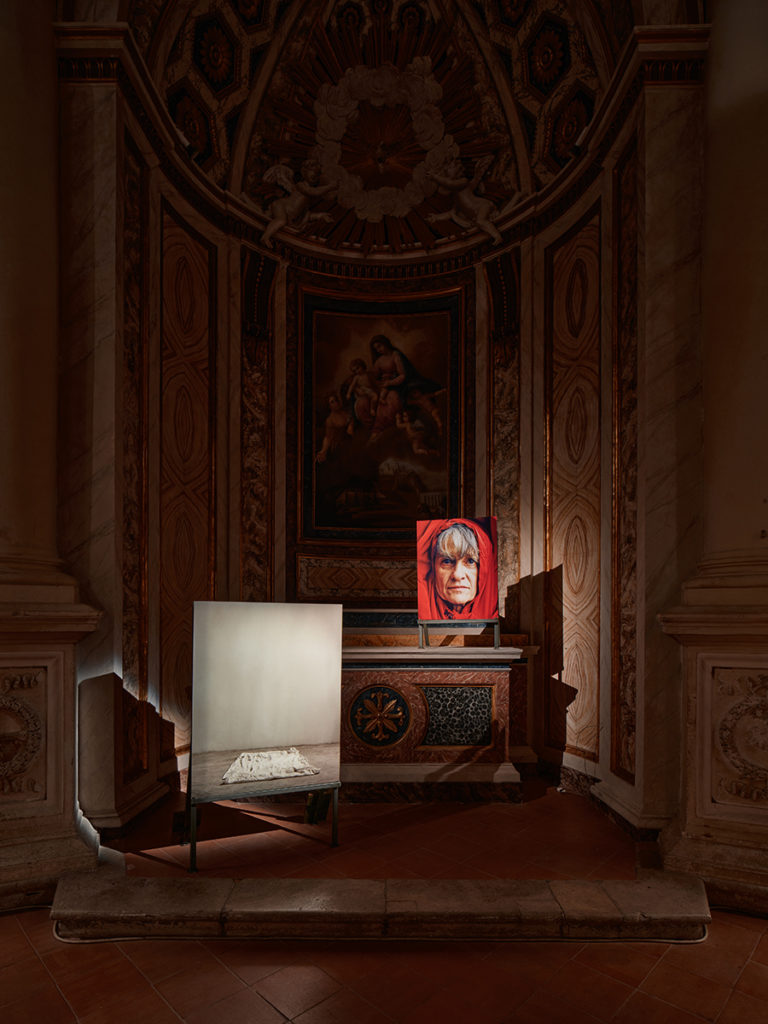
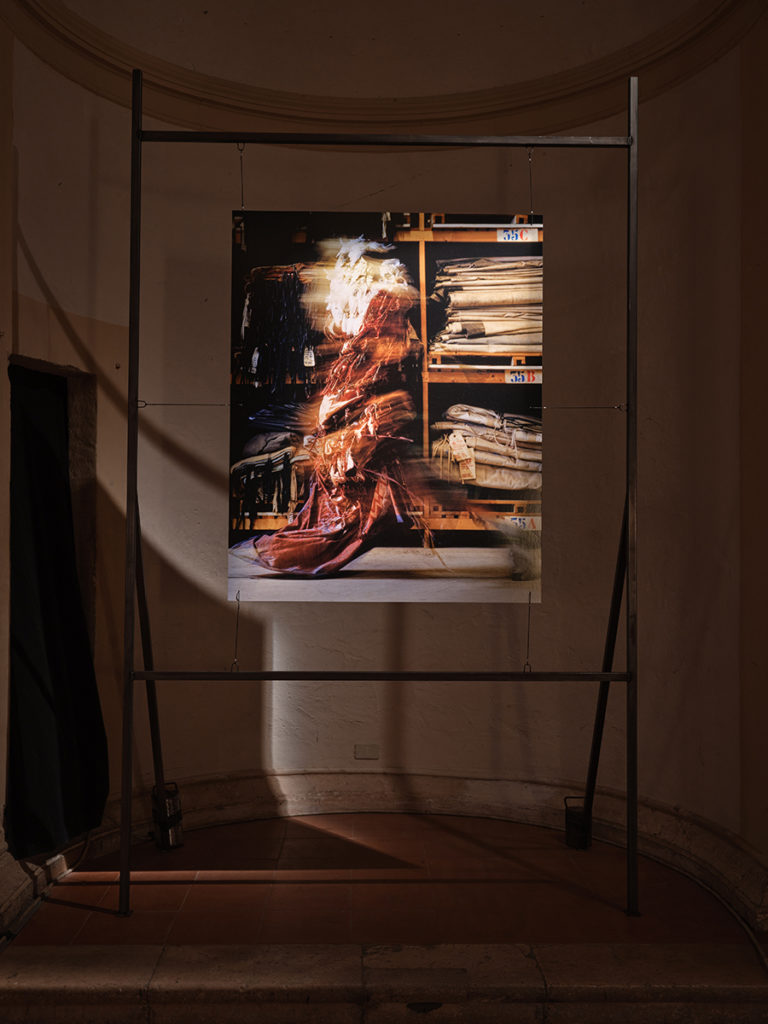
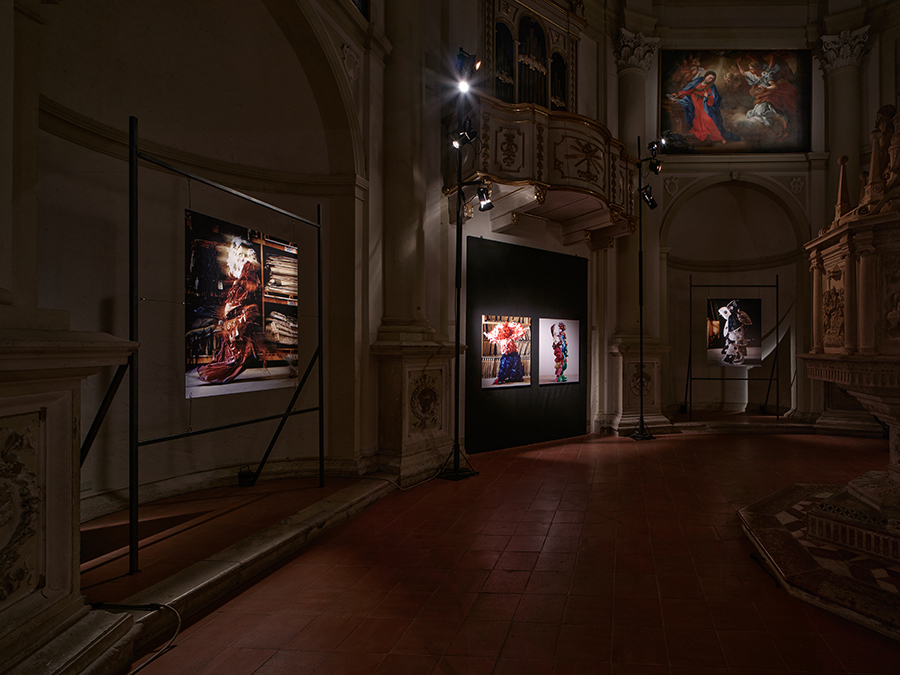
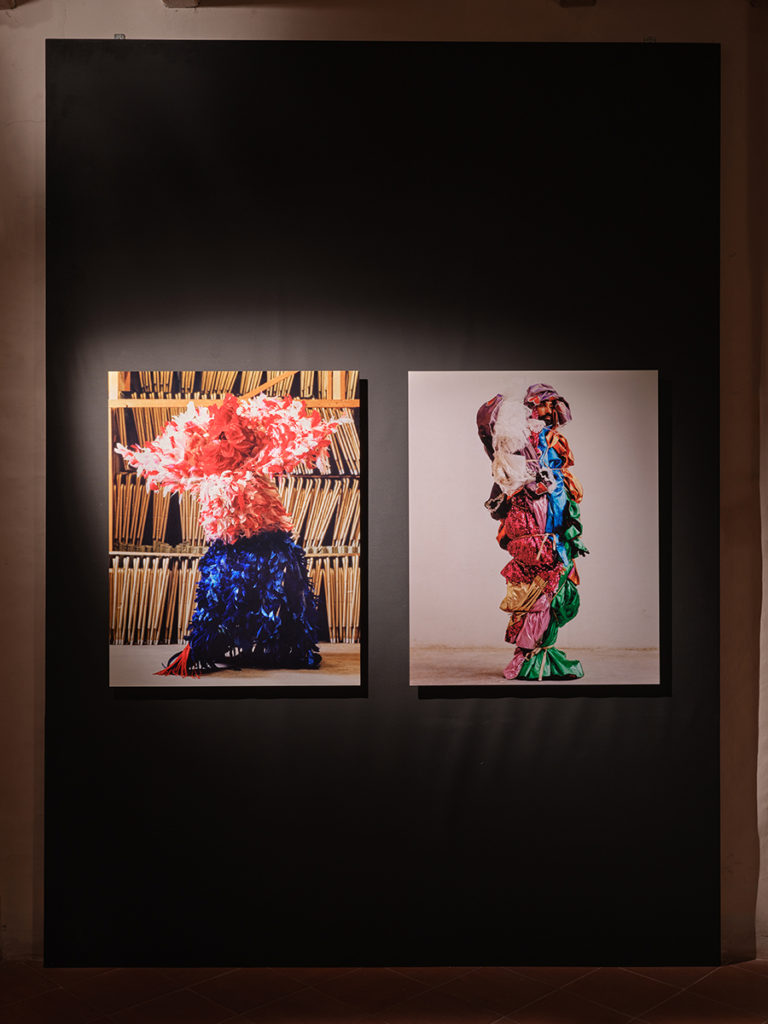
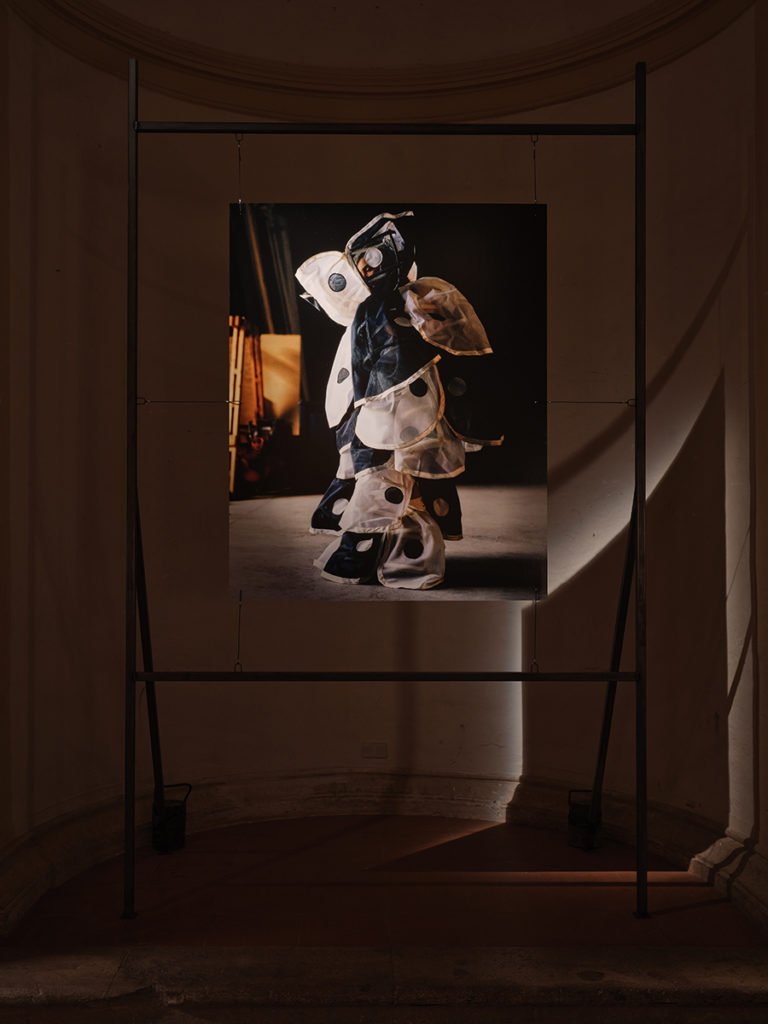
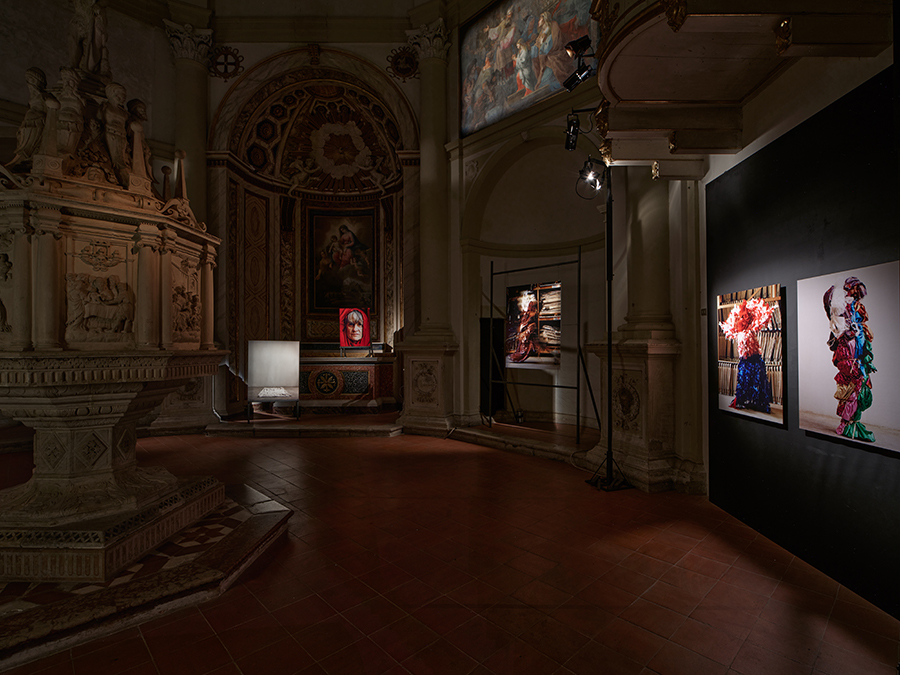
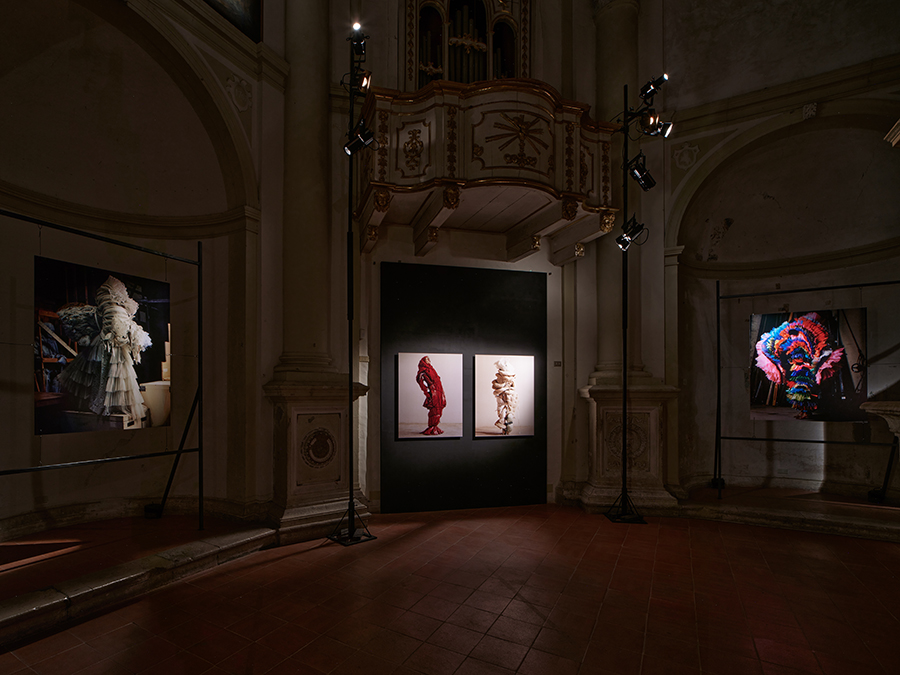

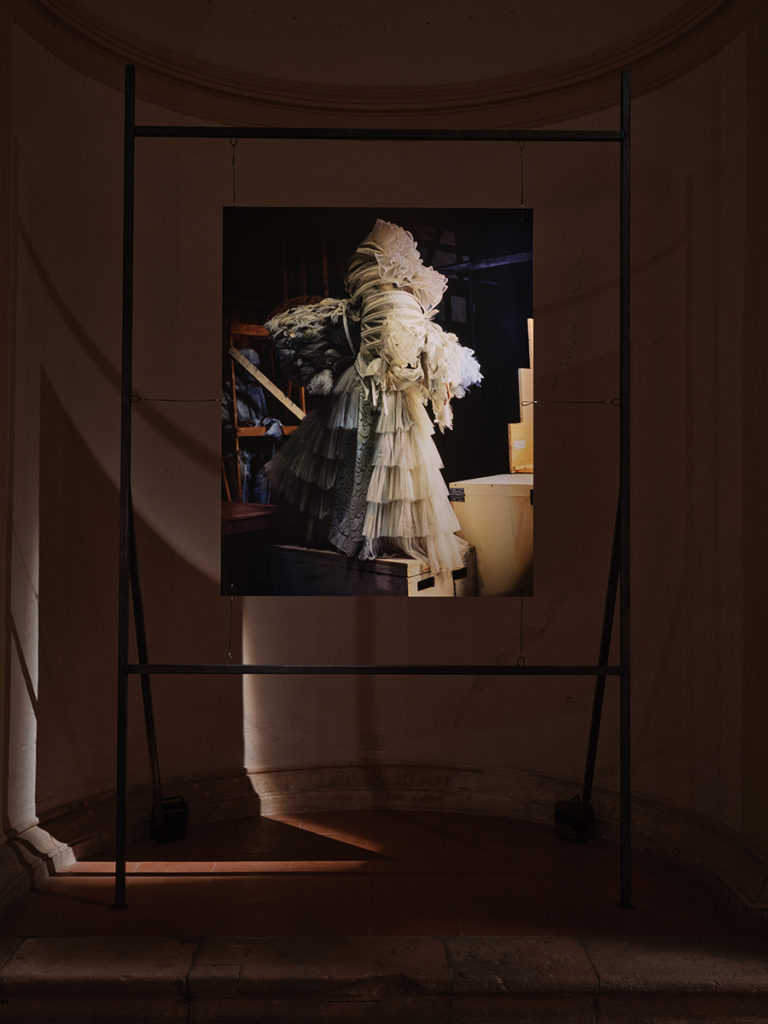
Ex Battistero della Manna d’Oro, Piazza Duomo, Spoleto
29 June – 15 September, 2024
Presented by Mahler & LeWitt Studios and Fondazione Carla Fendi in collaboration with Spoleto Festival dei Due Mondi. Curated by Guy Robertson.
Free entry
Opening: 29.06, 10.00–19.00 (tour 12.30)
Opening hours: 29.06–14.07 Monday to Sunday 11.00–19.00 (closing time may vary
according to Festival events) 15.07–15.09 Friday to Sunday 11.00–19.00 (12.08–18.08 open Monday to Sunday)
Event: 29.06, 11.00: Giardino Campello, Luis Alberto Rodriguez, Afra Zamara, Guy Robertson in conversation with Andrea Penna (RAI)
The costume archive of the Spoleto Festival dei Due Mondi contains some 3800 items, documenting the costume design for ballet and opera at Italy’s most historic performing arts festival between the 1960s and the 2000s. The archive features creations from some of the most prestigious artists and costume designers of the time: Andy Warhol, Diane Von Fürstenberg, Piero Tosi, Filippo Sanjust, Alessandro Ciammarughi, to name a few. Under Monique Veaute’s artistic direction, the Festival has laboriously and methodically established the archive to ensure this cultural history is preserved. A program of exhibitions and workshops has also been initiated alongside the archive, looking to share this extraordinary corpus of work with audiences and inspire innovation and expertise within costume design and related subjects. It is in this context that the Mahler & LeWitt Studios – a program of research and development residencies in Spoleto allowing artists to discover new ways of working in dialogue with peers and the unique cultural heritage of the region – proposed inviting an artist to respond to the archive. The resulting project is part of a three-year residency program at the Mahler & LeWitt Studios supported by Carla Fendi Foundation and the Carla Fendi Award 2021.
Dominican-American photographer Luis Alberto Rodriguez is uniquely positioned to respond to the costume archive. Prior to beginning his award-winning career in photography in the mid 2010s, Rodriguez was a Juilliard-trained contemporary dancer who, for fifteen years, toured worldwide with leading companies such as the Cullberg Ballet. His education in dance was deeply formative for him. Not only do we see this influence in his instinctive capacity to depict the body in movement, he also has the practical language and experience to choreograph his subjects. He often works with dancers and, as in Legàmi, uses his own body alongside those he directs.
Today, Rodriguez works across fine art, documentary and fashion photography, blending these genres to create enigmatic and provocative images which explore relationships between performance, dress and expressions of identity. He invited Italian set designer Afra Zamara to collaborate with him in Spoleto. Zamara is known for re-purposing used or archival materials in her scenography and has regularly collaborated with Rodriguez. On set together, they quickly establish a discursive and experimental dynamic, directing models, arranging costumes, and testing locations. Together they selected costumes from the Spoleto Festival dei Due Mondi archive, combining them in unexpected and elaborate ways. The resulting images capture the detailing and style of the original costumes whilst transforming the subjects they adorn into other-worldly entities.
Clothing does much more than keep us warm: it changes the way we look at the world, and the way the world looks at us. Clothes are a kind of armour. But the endless performance of fashion, like any performance, is exhausting, even painful. One image shows a figure absurdly tied with padding and dozens of bustles. The word ‘legàmi’ describes a state of constriction: in Italian it means bonds or tied up. The history of fashion reflects society’s rules and regulations around dress codes and fitting in at any given time. Fashion also reflects how these expectations have been resisted and disrupted. Costume can always be taken as evidence of the social and cultural mores of an era. Rodriguez’s work, focussing on the activation of identity through extreme physicality and the treatment of dress as sculptural matter, always has this disruptive attitude in mind. In Legàmi the ballet and opera costumes become surrogates for the body: tied and trussed, each subject is at once burdened and empowered by the exquisite costuming, their capacity for expression aligned with the manner of their dress.
One photograph in Legàmi shows a figure covered head to toe in costumes from a performance of The Rake’s Progress. The black and white circles, eyes of a dozen fantastical creatures, answer the eyes of an imaginary audience. Beneath this armour, we see the eye of the model. Tied in though she is, there is an elegance and tender power to the way, curving slightly, she is still free to animate the costumes. Rodriguez says, ‘In one sense, the figures in these pictures look like they’re hiding, but they’re hiding in plain sight. They are both very present, and invisible. I love that dance.’ This image and Rodriguez’s observations remind me of a beautifully crafted allegory by the American writer and civil rights activist James Baldwin:
Identity would seem to be the garment with which one covers the nakedness of the self: in which case, it is best that the garment be loose, a little like the robes of the desert, through which one’s nakedness can always be felt, and, sometimes, discerned. This trust in one’s nakedness is all that gives one the power to change one’s robes.
The tension described by Baldwin materialises in each of Rodriguez’s images for Legàmi. On the one hand, the figures exhibit a quiet awareness of their susceptibility to change: a capacity to absorb opinions and doubt their own, acknowledging an inner nakedness. On the other, there is the understanding, to borrow Susan Sontag’s words from ‘Notes on “Camp”’, of ‘Being-as-Playing-a-Role’. Our contemporary, hyper-connected society is saturated with image and information sharing platforms, both actual and virtual, rendering life a theatre. Perhaps the other-worldly, ghostly or monstrous qualities which the Legàmi images portray could be considered a reflection on the excesses of this cultural ‘theatre’.
Yet, understanding and relishing in our powers of expression is a defining human attribute and an important part of our ability to deal with the contemporary moment. In opera and ballet, exemplary purveyors of camp culture as defined by Sontag, stage costumes themselves play a key role in drawing out and defining character and action, blurring boundaries between past and present, fact and fiction, the human and the fantastic. Reanimating the costumes in the Spoleto Festival dei Due Mondi archive, Rodriguez and Zamara emphasise and extend these characteristics.
Among the heavily costumed full-length portraits are two quite different images: the first is a close-up portrait of a woman veiled in red, while the second depicts a white sheet on the floor of the costume archive. The model in the former is actually an archivist who works for the Spoleto Festival. The contours of her skin echo the folds in the drapery as she confronts us with her steadfast gaze. There are religious connotations: Mary Magdalene is often depicted in red, and, remembering Rodriguez’s citing of Simone Weil, it is worth mentioning that she often represents the power of grace. We might describe this power, in broad terms, as the force which gives the individual the power to persist, whatever their faith. The white sheet, meanwhile, was used to protect costumes during the shoot in the archive. It could be both a burial shroud or swaddling, an end or a beginning. Together these images invoke a sense of measure and control: here there is no desperate ‘inner scream’, on the contrary, they speak of our agency.
The exhibition is accompanied by a catalogue with a contribution from curator Guy Robertson and a conversation between Luis Alberto Rodriguez and Sara Sozzani Maino. The text above is abridged from the catalogue essay by Guy Robertson.

Luis Alberto Rodriguez Dominican-American artist Luis Alberto Rodriguez was born in New York and trained as a dancer at The Juilliard School, performing worldwide for fifteen years before turning to photography. Now, he continues to study the human form’s movement, often using his subject’s body sculpturally in poetic compositions. He has published two books with award winning Marseille based publisher Loose Joints: O (2023) is a study of nudes caught by the camera between states of collapse and ecstatic control, whilst People of the Mud (2020) looks at cultural heritage in Wexford, Ireland, and was the result of a residency at Cow House Studios in collaboration with FUTURES and Photo Ireland. Recent commissions include photographing the New York City Ballet’s 75th anniversary campaign, a feature for Beauty Papers, and covers for Vogue and Vogue France. He is president of the Photography Jury for the 38th edition of the Hyères Festival of Fashion, where he was awarded the Prix de Public in 2017. Rodriguez’s work has been recognised by the British Journal of Photographs and Red Hook Labs New Artists awards. He is based in Paris and is represented by Second Name Agency.
Afra Zamara Born in Italy and growing up in Nigeria, Zamara’s childhood was rooted in innovative design forefronting ecological principles. Nominated in the 2021 NEW WAVE creatives listed by the BFC, Zamara earned a degree from the London College of Communications, specialising in photography. In time she found herself drawn to the creative energy and collaboration involved within set design. Zamara is celebrated for her interest in the deconstruction and re-purposing of materials; incorporating the concepts of sustainability into her practice. Additionally, Zarnara is well-known for collaborating with and spotlighting emerging artists through the curation of her sets. Her editorial clients include AnOther, POP, Dazed, Double, and Arena Homme. She is based in London and is represented by Second Name Agency.
Carla Fendi Foundation The Carla Fendi Foundation promotes and creates artistic events, restorations, scientific and social projects. Since forming in 2007, the Foundation has collaborated with Spoleto Festival dei Due Mondi becoming its Main Partner in 2012. Among its projects in Spoleto, the Foundation organises the annual Premio Carla Fendi, which was awarded to Carol LeWitt and Marina Mahler in 2021 for their services to culture in Spoleto. The funds from the prize are supporting a series of residencies and artistic projects at the Mahler & LeWitt Studios. fondazionecarlafendi.it
The Mahler & LeWitt Studios offers a program of residencies and special projects based around the former studios of Anna Mahler and Sol LeWitt in Spoleto, Italy. The Torre Bonomo, a medieval tower once used as a residency and exhibition space by the gallerist Marilena Bonomo, is also central to the programme. The program is curated by Guy Robertson. mahler-lewitt.org
The Spoleto Festival dei Due Mondi was founded by the opera composer Gian Carlo Menotti in 1958 and was one of the first multi-disciplinary arts festivals of its type. It quickly garnered international recognition for developing and promoting avant-garde art. It takes place in June and July each year and makes use of the numerous exhibition and performances venues boasted by the town of Spoleto – including the Teatro Romano, two opera houses, and several churches. The director of the festival is Monique Veaute. festivaldispoleto.com


